scheiße / Gil Yefman
Gil Yefman
Curator: Shlomit Bauman
Opening: Thursday, 10.6.2021, 19:30
An online gallery talk: Wednesday 7.7.21, 19:30– Registration
Closing: Saturday, 24.7.2021, 14:00
The abject has only one quality of the object—that of being opposed to I.[1]
Material (clay) is a body, and a body is flesh and flesh is material.
At the heart of the exhibition Scheiße (shit in German) hangs a worm: perhaps in the air, in water or in space. The body of the worm is made from recycled clay as a tribute to its essential role in decomposition, digestion, and recycling. The color of the worm is a dichotomy of contrasts: rich and colorful caught between the dry, exposed organic surface of the clay.
Is this a hanging worm or a human being? The worm is the size of a human, out of the fire, in motion, in the body and beyond, sexually versatile (male and female), made of coils, a type of floating hit squad: the worm is a type of nightmare for us but at the same time it is our promised destiny, almost inevitable.
The gold ceramic teeth, are extracted, placed on a stainless-steel surface as if awaiting an autopsy. The teeth made of dark grey clay, simulate decay, in contrast to the golden crown which combines kitsch, economy, and death. The teeth, like the worm, are enlarged compared to their natural size, independent objects with a meaningful presence in the space. The size of the teeth varies between the size of a hand to the size of day-to-day objects, objects that have evolved in size. They are not bleeding but have been cleanly extracted from the flesh: they are wrapped in a kind of sculptural perfection and magical beauty that conceal a feeling of displacement, uprooting, solitude, separation, and abandonment.
In the exhibition hang felt sheets like a shroud or a cover from a grave, made of organic sheep wool [like sheep to the slaughter?] intertwined in a bed of needles (a dry method of felting). In the tangled sheet one can notice a central axis which might be an imaginary outline or a perhaps a sketch of a worm composed of fragments of identities. The images in the sheets are embedded with needles like tattoos engraved in skin.
Despite the chaotic nature of the making process of felt, non-hierarchical and freely constructed (as opposed to the repetitive order of weaving or knitting), felt is not a common textile in Israeli culture and is mostly characteristic of cold climates such as Russia and France. In paradox to the thematic world of Yefman, the only common felt object in Israel is the army beret. The ethos represented in the military beret is in direct opposition to the hybrid, trans, perception of Yefman, amplifying the binary and layered tension between life and death.
Gil Yefman – a multi-disciplinary artist, who for the first time is experimenting with clay following a residency at the Benyamini center, creates an environment that moves between material and anti-material, between single and many, natural and staged, between animate and inanimate.
Yefman brings to the studio a passion for working with clay and a deep understanding of material processes as well as a quick assimilation of the characteristics of clay. The multi-disciplinary vision of Yefman, and his metaphorical approach to each step and each object gives a broad view and reevaluation of the meaning of “material making” and the relationship between different worlds of content. And so, the meeting between making as a material expert based on the shoulders of tradition and the intuitive making process without knowledge and borders (at least in the beginning of the process) produced fascinating connections, materially and metaphorically, extending the borders.
The combination of the material world (ceramics and textiles) and the ontological question of the meaning of existence, the myths of creation and decomposition, the re-examination of the norms in life, alters the material action from technology to metaphor. In his associative creativity Yefman deconstructs and reconstructs an installation that shuffles the cards and connects between material and dream, political, embracing, critical, to be created and to decompose.
[1] Julia Kristeva, 1982, Power of Horror, an Essay on Abjection, Colombia University Press

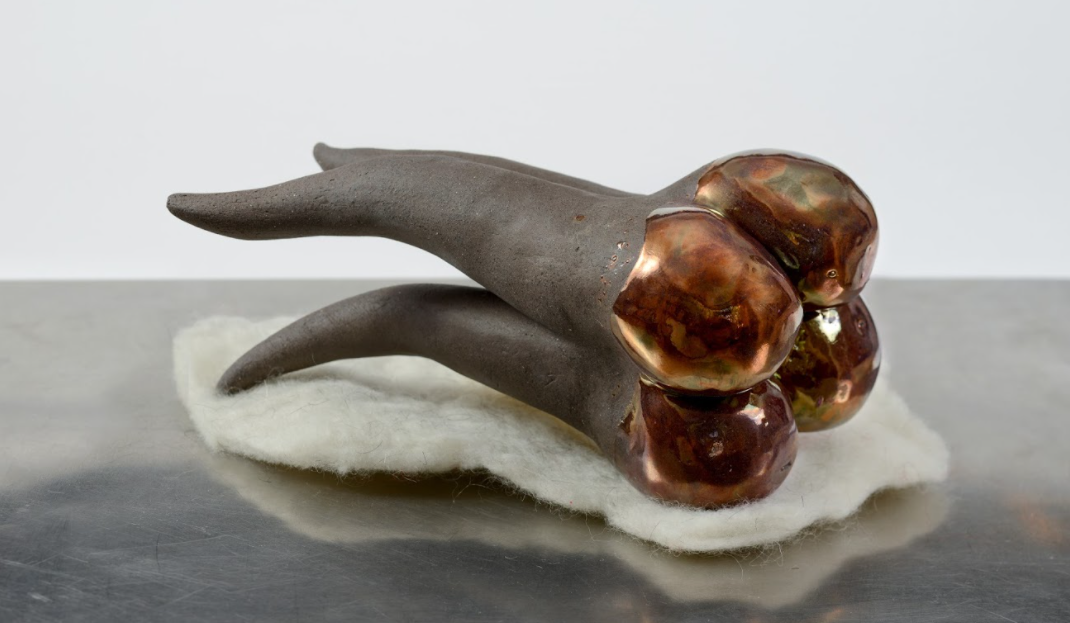
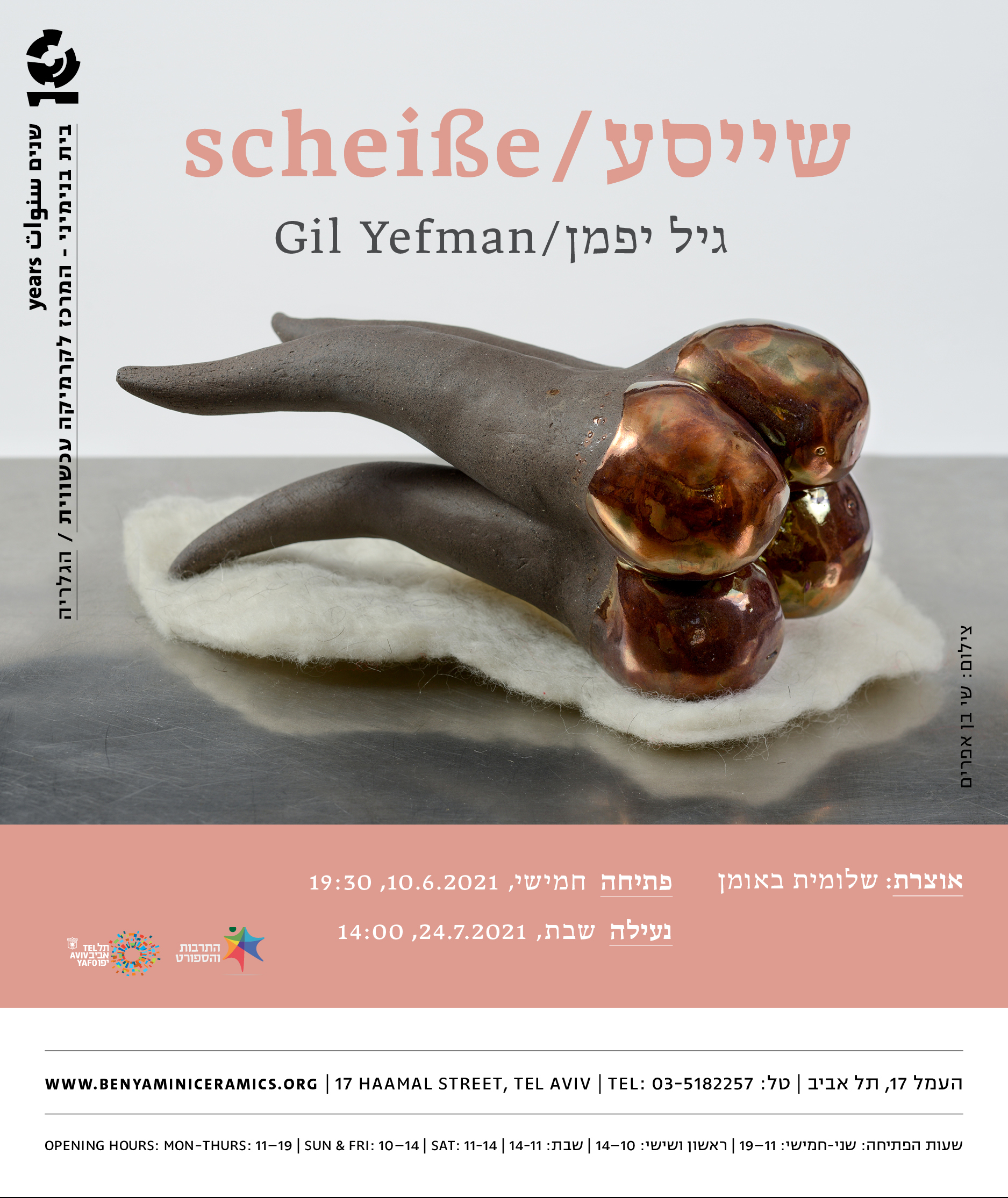 Invitation
Invitation
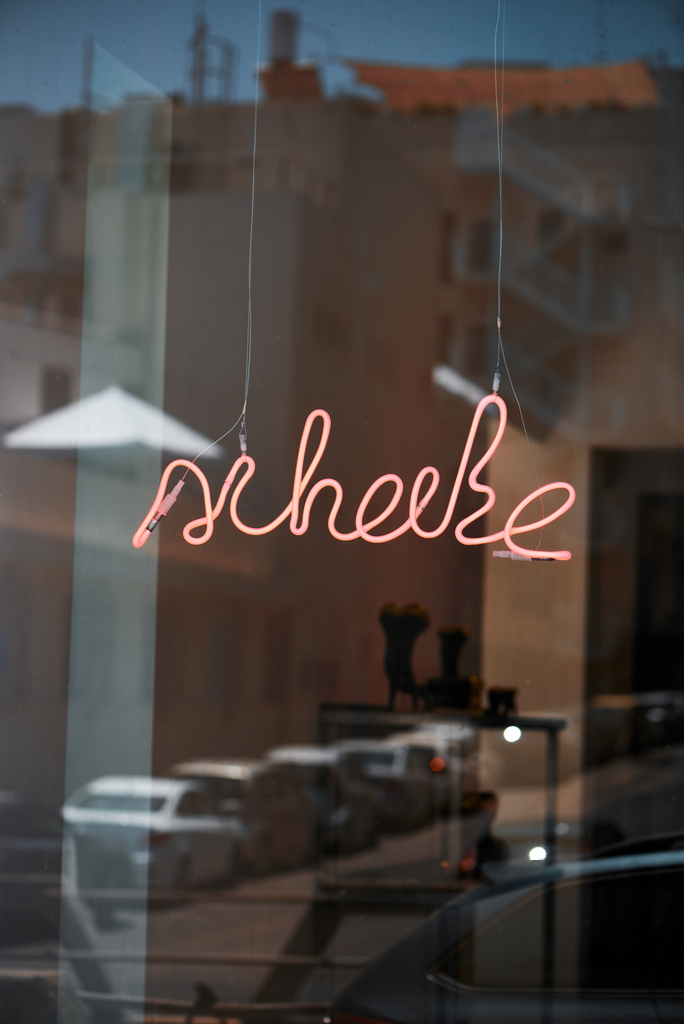 שייסע_גיל יפמן_צלם דור קדמי
שייסע_גיל יפמן_צלם דור קדמי
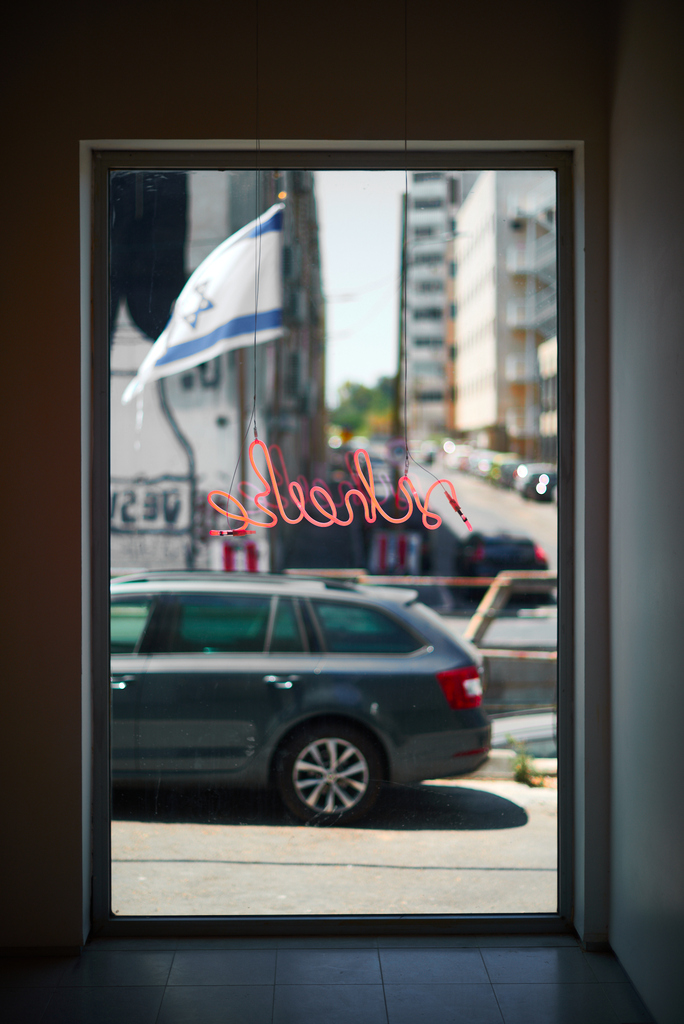 שייסע_גיל יפמן_צלם דור קדמי
שייסע_גיל יפמן_צלם דור קדמי
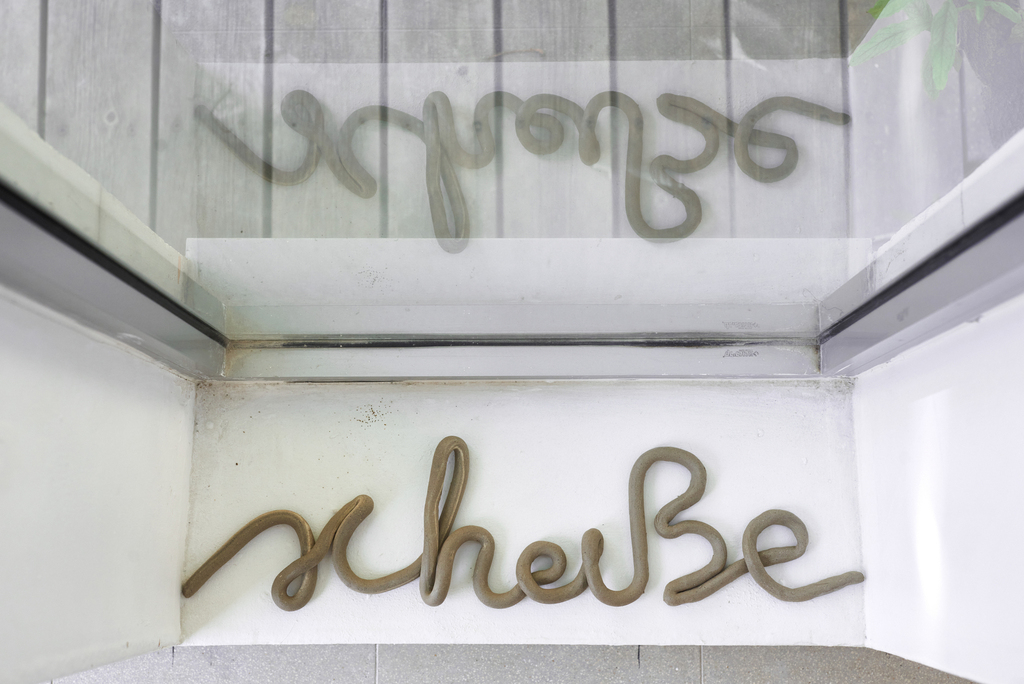 שייסע_גיל יפמן_צלם דור קדמי
שייסע_גיל יפמן_צלם דור קדמי
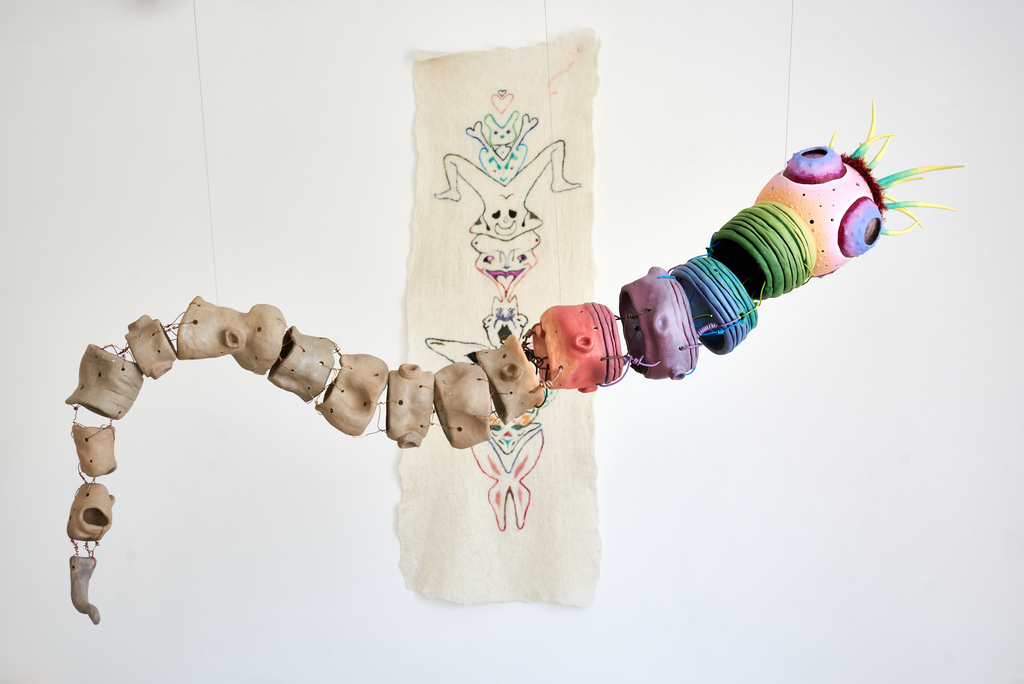 שייסע_גיל יפמן_צלם דור קדמי
שייסע_גיל יפמן_צלם דור קדמי
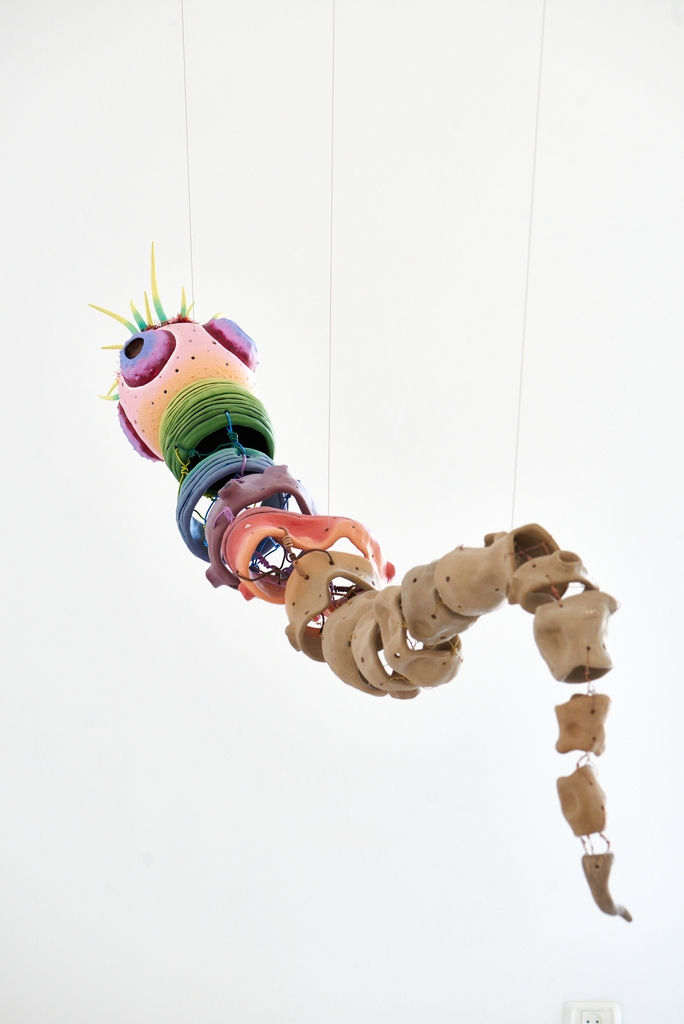 שייסע_גיל יפמן_צלם דור קדמי
שייסע_גיל יפמן_צלם דור קדמי
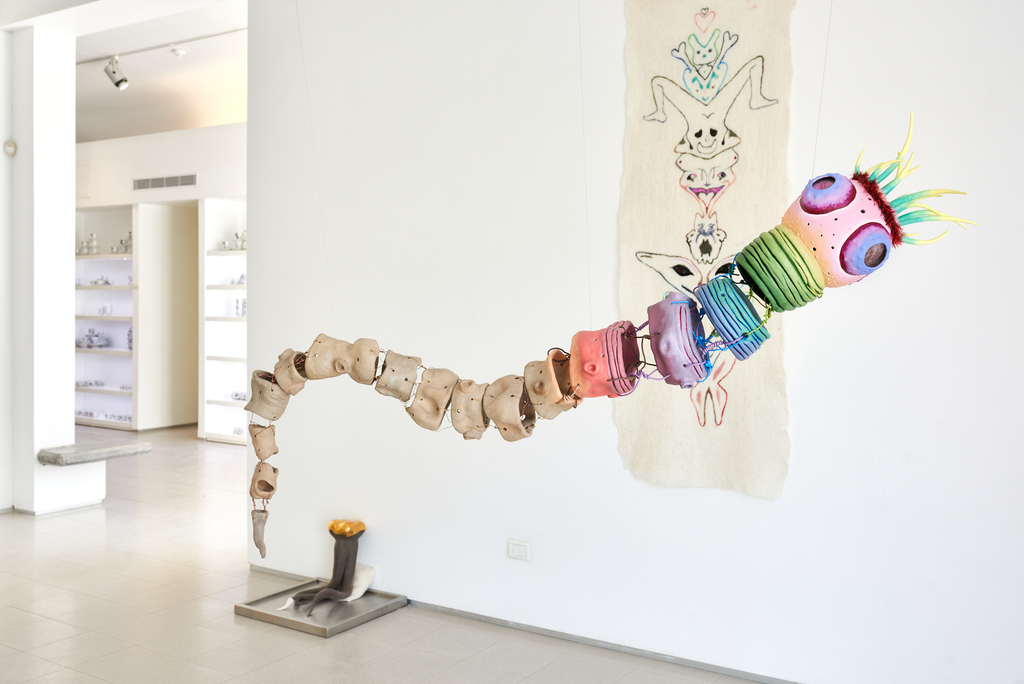 שייסע_גיל יפמן_צלם דור קדמי
שייסע_גיל יפמן_צלם דור קדמי
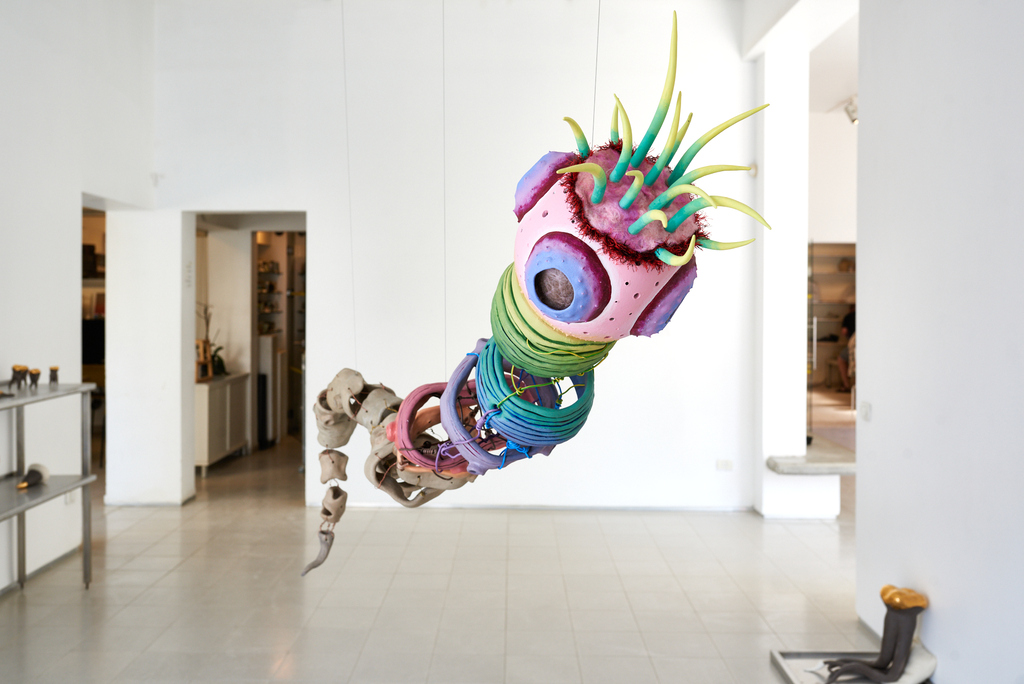 שייסע_גיל יפמן_צלם דור קדמי
שייסע_גיל יפמן_צלם דור קדמי
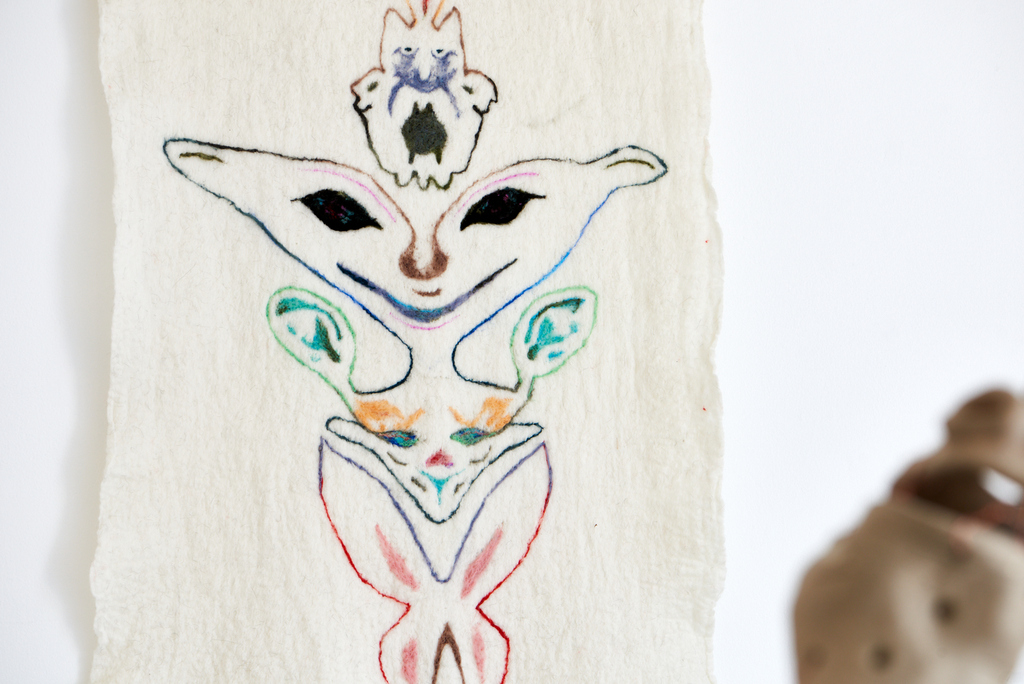 שייסע_גיל יפמן_צלם דור קדמי
שייסע_גיל יפמן_צלם דור קדמי
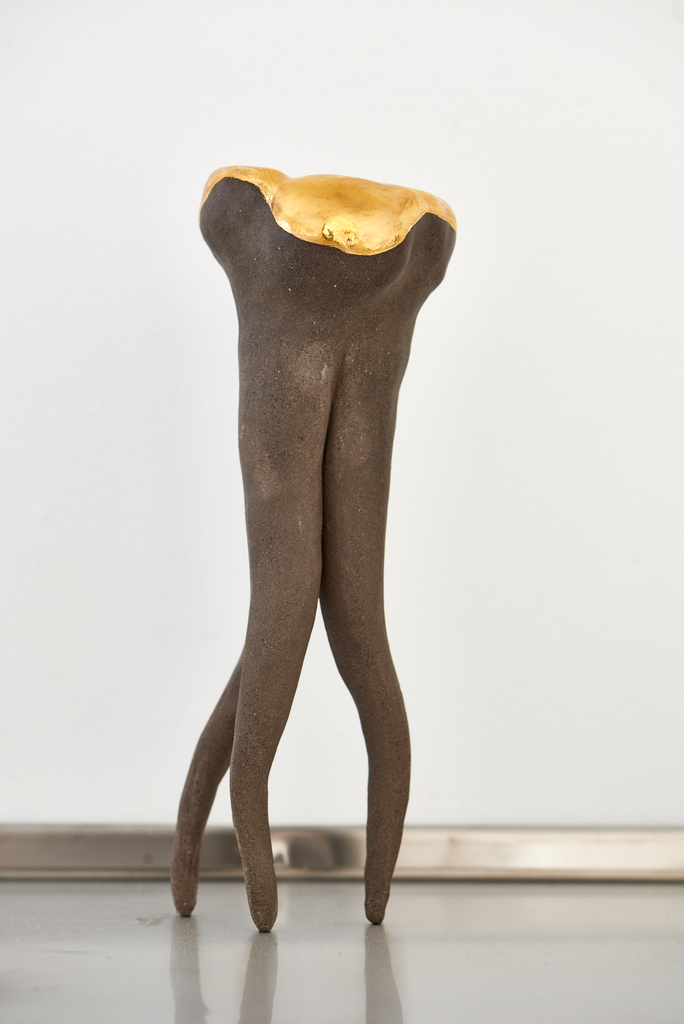 שייסע_גיל יפמן_צלם דור קדמי
שייסע_גיל יפמן_צלם דור קדמי
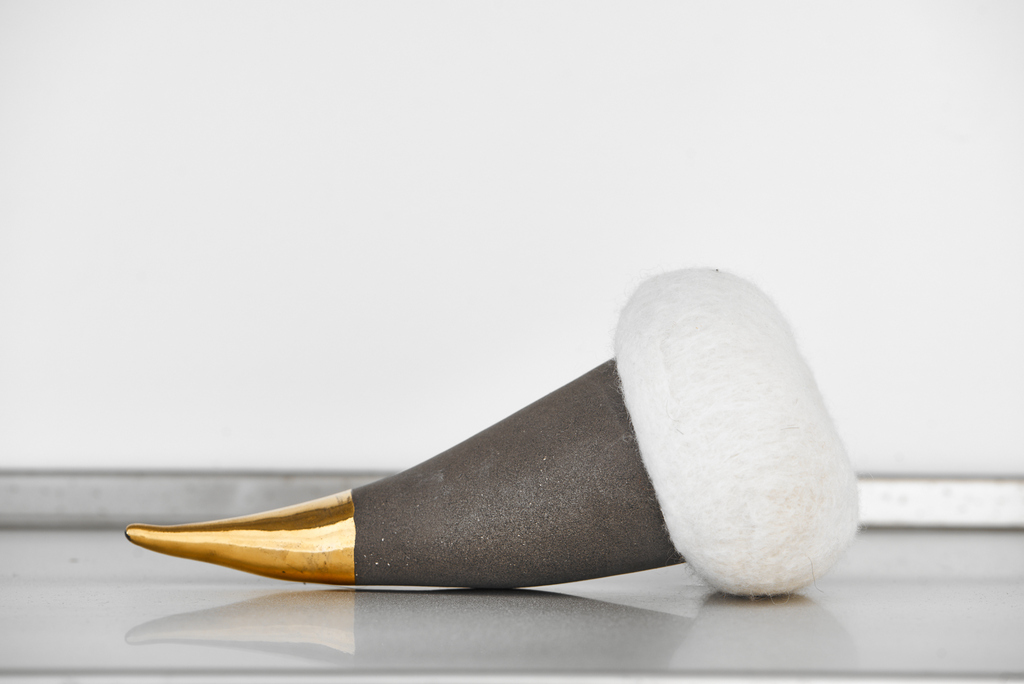 שייסע_גיל יפמן_צלם דור קדמי
שייסע_גיל יפמן_צלם דור קדמי
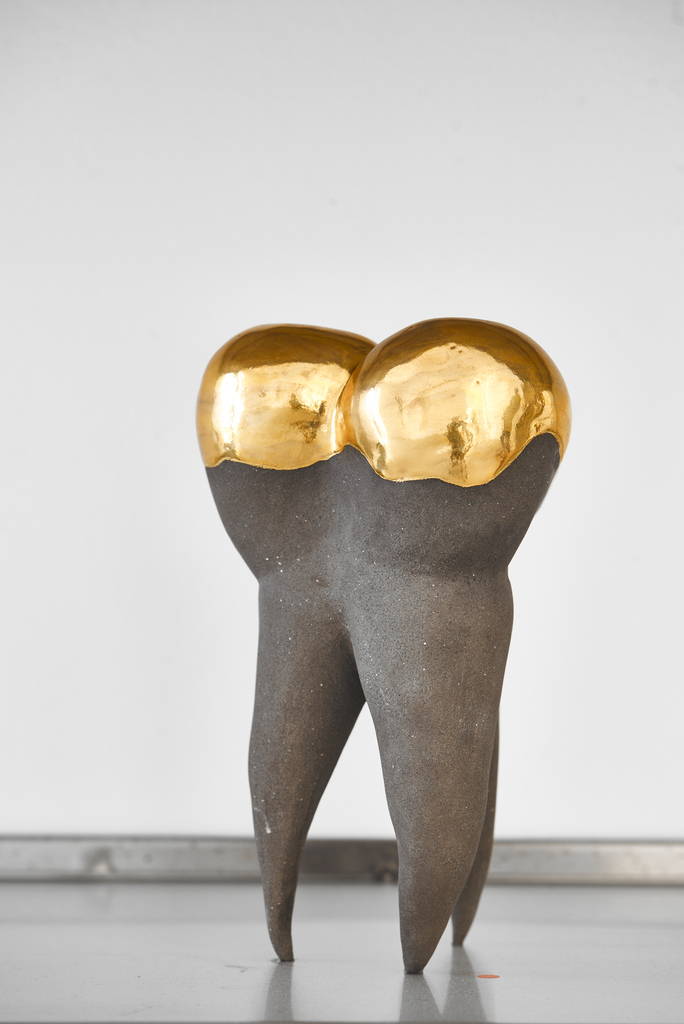 שייסע_גיל יפמן_צלם דור קדמי
שייסע_גיל יפמן_צלם דור קדמי
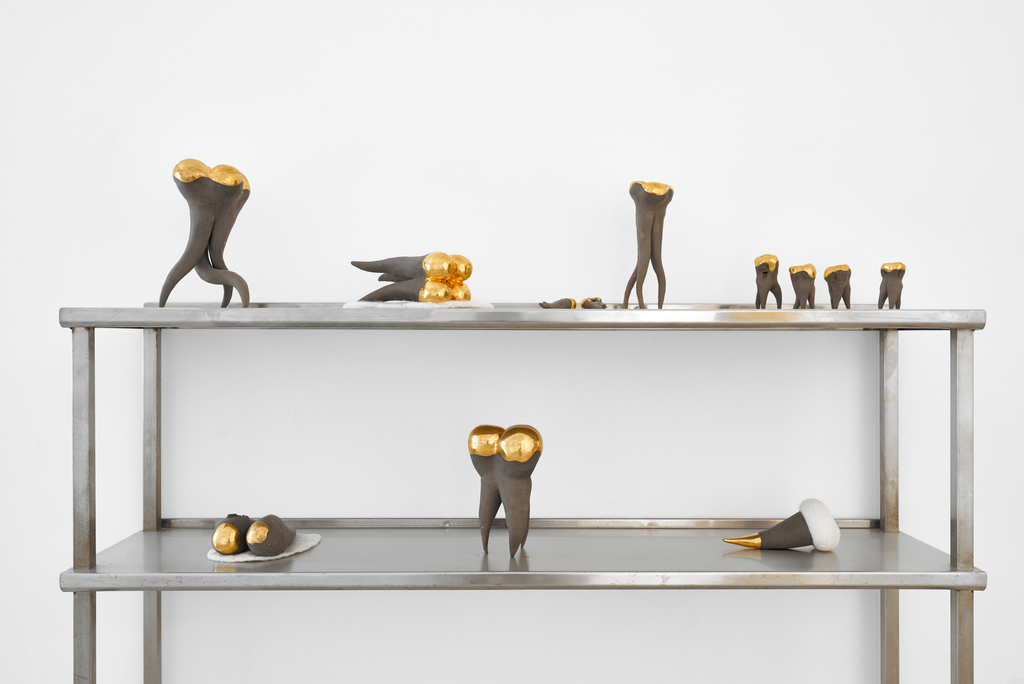 שייסע_גיל יפמן_צלם דור קדמי
שייסע_גיל יפמן_צלם דור קדמי
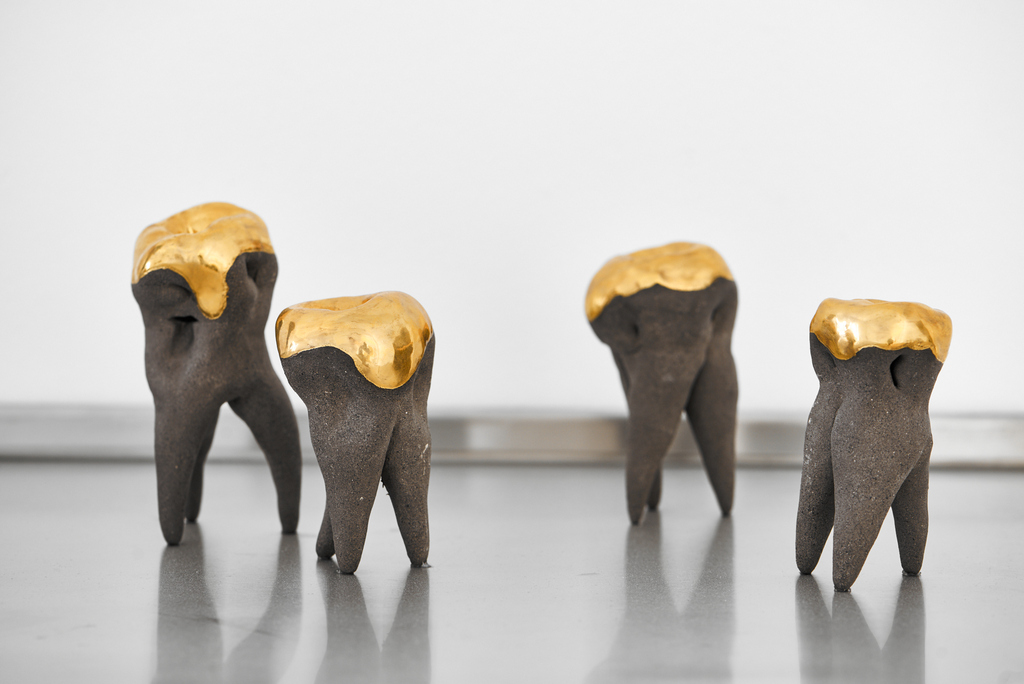 שייסע_גיל יפמן_צלם דור קדמי
שייסע_גיל יפמן_צלם דור קדמי
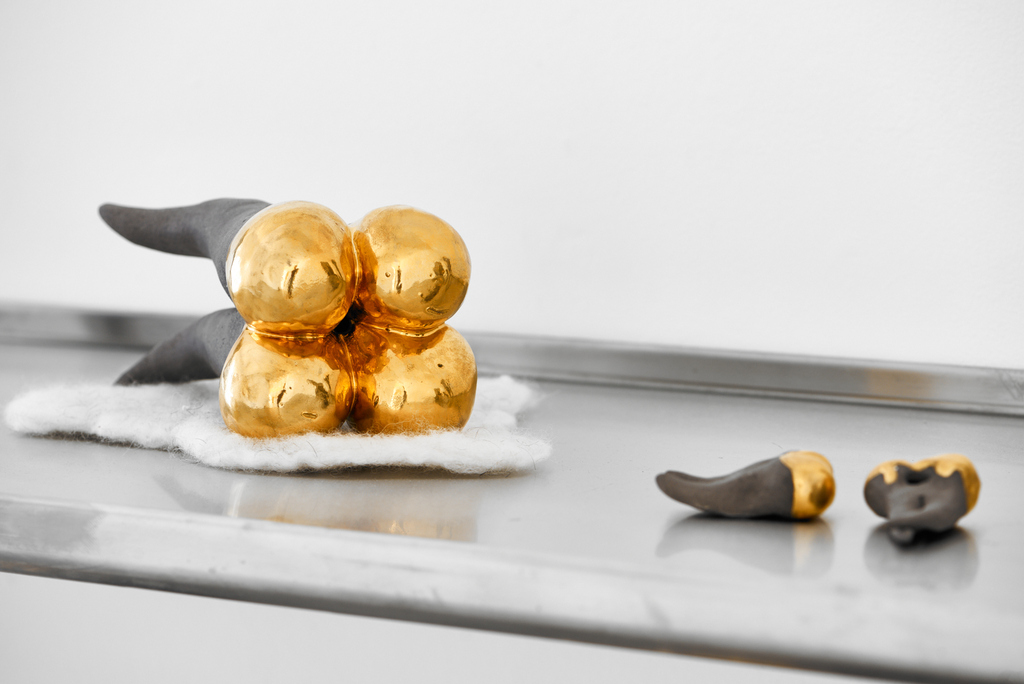 שייסע_גיל יפמן_צלם דור קדמי
שייסע_גיל יפמן_צלם דור קדמי
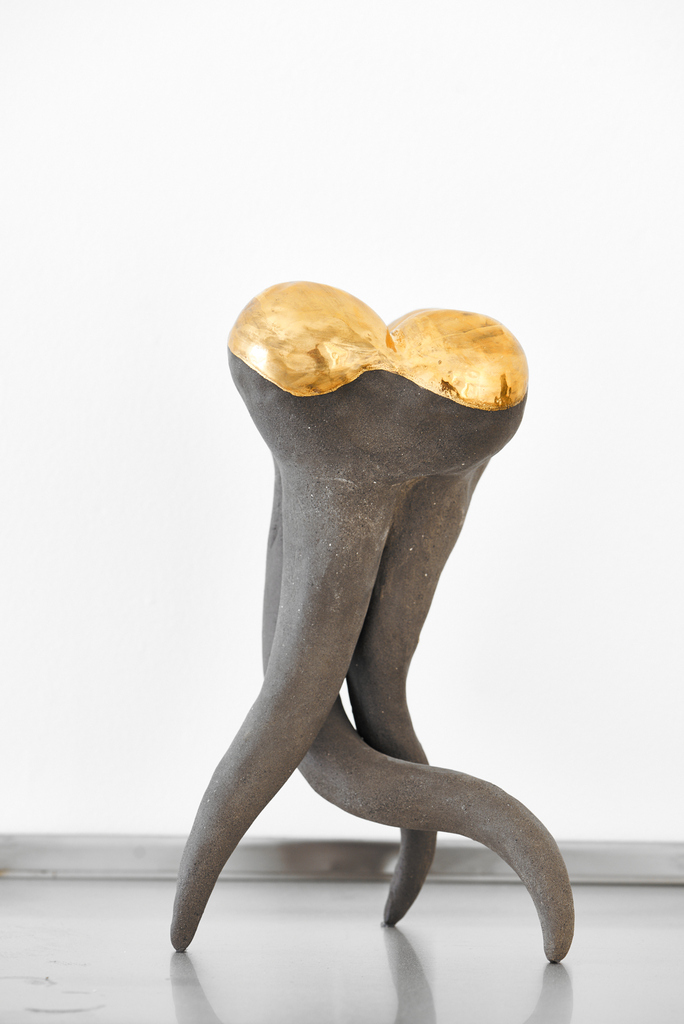 שייסע_גיל יפמן_צלם דור קדמי
שייסע_גיל יפמן_צלם דור קדמי
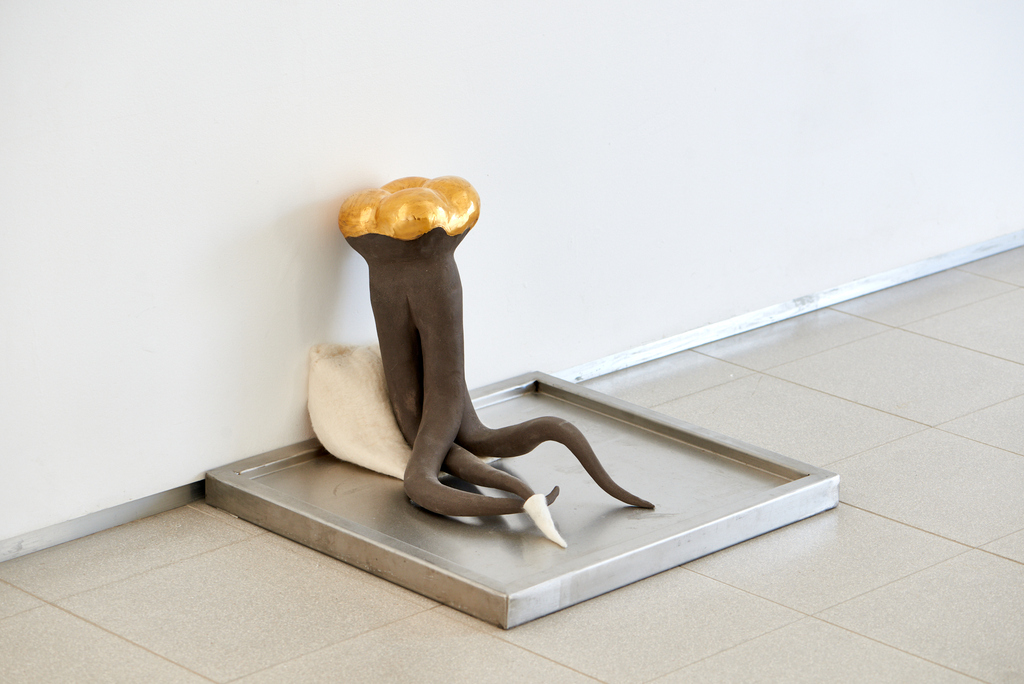 שייסע_גיל יפמן_צלם דור קדמי
שייסע_גיל יפמן_צלם דור קדמי